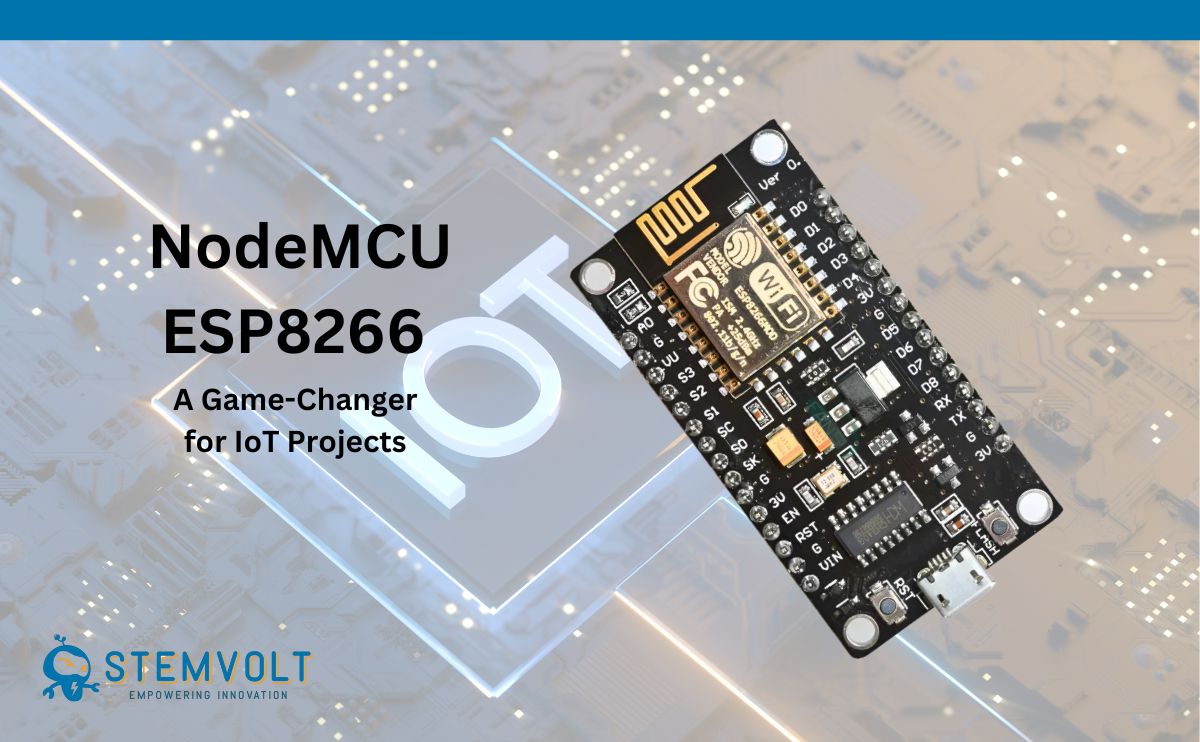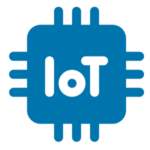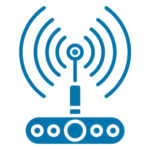NodeMCU ESP8266

Complete Guide on NodeMCU ESP8266: Best IoT WiFi Development Board for Beginners
Introduction
If you are planning to build IoT Projects or smart automation using WiFi, the NodeMCU ESP8266 Development Board is one of the best choices for students, hobbyists, and engineers. At Stemvolt, we supply original, tested NodeMCU boards with fast shipping across India.
What is NodeMCU ESP8266?
NodeMCU ESP8266 is an open-source IoT development board based on the ESP8266 WiFi module. It comes with:
- Inbuilt WiFi connectivity
- USB to serial converter
- Compact design and affordable price
- Easy programming via Arduino IDE or Lua Script
Key Features of NodeMCU ESP8266
- Built-in ESP-12E WiFi Module
- 10 Digital I/O Pins, 1 Analog Pin
- Supports UART, SPI, I2C Communication
- Micro USB Power Supply (5V)
- Compatible with Arduino IDE
- Perfect for IoT, Smart Home, Automation Projects
Popular Uses of NodeMCU ESP8266
At Stemvolt, we recommend NodeMCU for:
- Smart Home Automation (Control appliances via mobile)
- IoT Weather Stations (Humidity, Temperature sensors)
- WiFi-based Security Projects
- Smart Car & Robotics Projects
- Remote Data Monitoring via Blynk/ThingSpeak
Why Buy NodeMCU ESP8266 from Stemvolt India?
- High Quality & Tested Boards
- Affordable Price for Students & Makers
- Fast Shipping Pan India
- Perfect for STEM Labs, PM Shri Yojana, ATL Labs Projects
- Expert Support from Stemvolt Team
Top NodeMCU ESP8266 Projects You Can Build
- WiFi Controlled LED System
- IoT Soil Moisture Sensor
- NodeMCU Smart Door Lock
- Blynk App Based Home Automation
- NodeMCU + DHT11 Weather Station
Stemvolt Exclusive Offer
Get NodeMCU ESP8266 with combo Starter Kits, Sensors, and Project Accessories at the best price. Visit Stemvolt.in













